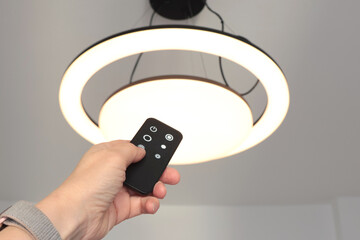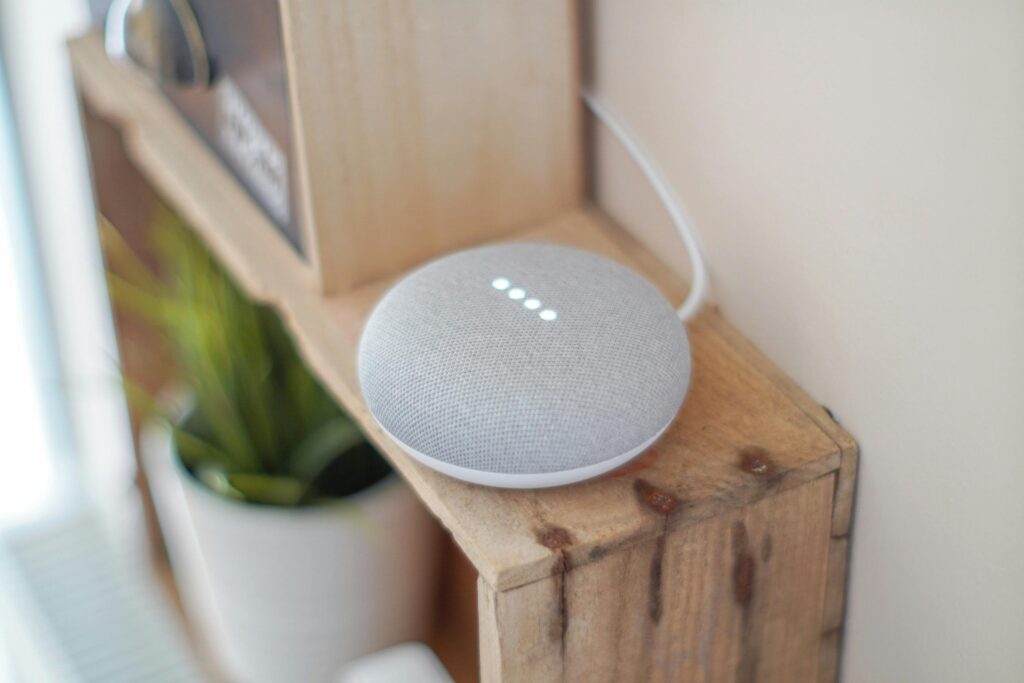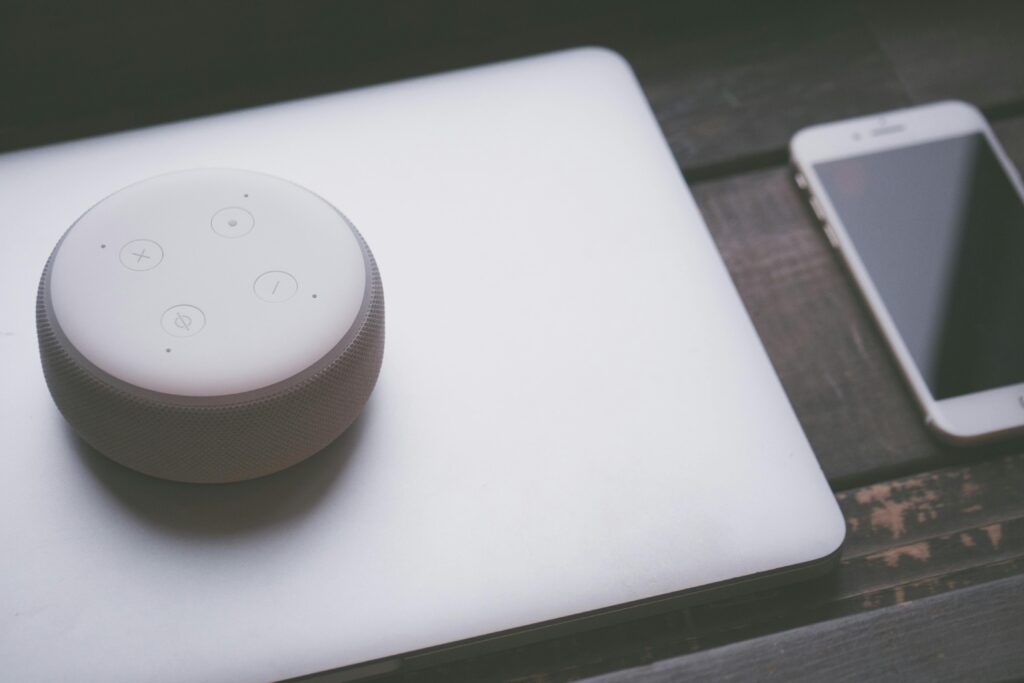LED Lighting Remote Control: How Smart Automation Enhances Homes & Businesses
Remote-controlled LED lighting is transforming the way we manage lighting in both homes and commercial spaces. Whether you’re automating lights in a smart home or optimizing energy-efficient lighting in a large-scale building, LED remote control systems offer seamless management, cost savings, and convenience. From homeowners looking for simple voice-activated solutions to contractors integrating advanced lighting automation in commercial properties, remote-controlled LED lighting provides flexibility, energy efficiency, and enhanced security.
The Benefits of LED Lighting Remote Control
1. Hands-Free Convenience
- Residential Use: Homeowners can control lights, thermostats, and appliances with voice commands or mobile apps.
- Commercial Use: Facility managers can adjust lighting across multiple rooms or floors without manual intervention.
- Ideal for multitasking and assisting individuals with mobility limitations.
2. Energy Efficiency & Cost Savings
- Residential: Homeowners can automate lighting schedules to optimize energy use and reduce electricity bills.
- Commercial: Businesses can lower operational costs by automating large-scale LED lighting systems and reducing unnecessary energy consumption.
- Smart sensors and automation reduce waste by ensuring lights are only on when needed.
3. Enhanced Security & Safety
- Residential: Voice-activated lighting deters potential intruders by simulating occupancy.
- Commercial: Motion-activated remote LED lighting enhances security in warehouses, parking lots, and offices.
- Integrates with smart security systems for added protection, enabling remote activation of alarms and cameras.
4. Seamless Integration with Smart Systems
- Residential: Compatible with voice assistants like Amazon Alexa, Google Assistant, and Apple HomeKit for centralized control.
- Commercial: Building automation systems can integrate remote-controlled LED lighting with HVAC, security, and access control systems.
- Allows customized lighting configurations based on time, occupancy, or business needs.
How to Set Up Remote-Controlled LED Lighting
Step 1: Choose the Right Control System
- Residential: Homeowners can use Wi-Fi, Bluetooth, or Zigbee-enabled LED bulbs for simple remote operation.
- Commercial: Large-scale systems may require DMX or DALI lighting controls for seamless management across multiple fixtures.
Step 2: Connect Smart Home or Building Automation Devices
- Ensure lights, motion sensors, and dimmers are compatible with your chosen control system.
- Use manufacturer apps (e.g., Lutron Caséta, Philips Hue, or Leviton) to integrate and configure devices.
Step 3: Automate and Customize Lighting Schedules
- Residential: Create voice-activated commands for convenience (e.g., “Good night” to turn off all lights).
- Commercial: Set timed lighting schedules for energy efficiency and security after business hours.
- Utilize geofencing to activate automation based on location tracking.
The Future of Remote-Controlled LED Lighting
As lighting automation advances, we can expect:
- AI-driven lighting adjustments based on real-time occupancy and usage patterns.
- Enhanced energy monitoring to provide real-time cost savings insights.
- Expanded integration with smart security, HVAC, and industrial systems.
Frequently Asked Questions
How do remote-controlled LED lights save energy?
Remote-controlled LED lighting saves energy by allowing users to automate lighting schedules, adjust brightness levels, and integrate motion sensors to reduce unnecessary power consumption. By using smart controls, both residential and commercial properties can optimize energy usage, leading to significant cost savings over time.
Are remote-controlled LED lighting systems cost-effective for businesses?
Yes, businesses that implement remote-controlled LED lighting can see reduced energy costs by up to 30%, as seen in a case study of a large retail chain that automated its lighting schedules across multiple locations. By integrating motion sensors and centralized control systems, companies can reduce wasted energy while maintaining efficient illumination.
For more insights into smart lighting control and automation, comment blow and check out this FAQ on Dimmers and Smart Controls, which covers essential questions about integrating LED lighting automation.
Conclusion
Remote-controlled LED lighting is revolutionizing how we manage illumination in both homes and businesses. Whether optimizing energy efficiency, enhancing security, or improving user convenience, these systems offer practical and scalable solutions. By integrating remote-controlled LED lighting into smart homes and commercial buildings, users can enjoy hands-free operation, lower costs, and enhanced safety. As technology continues to evolve, automation and remote lighting control will remain a key component of modern lighting solutions.


